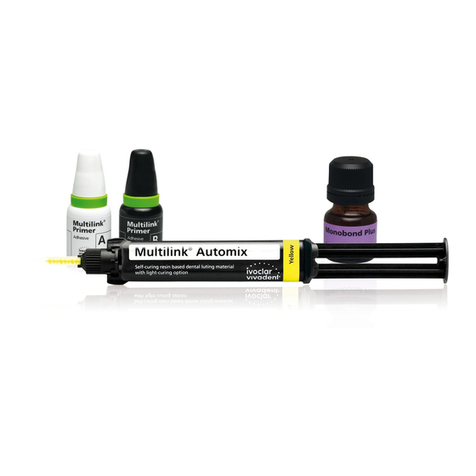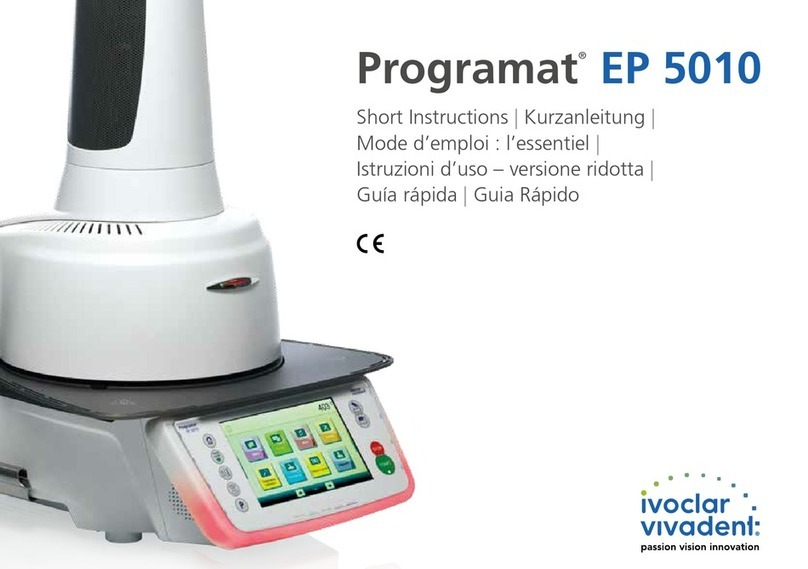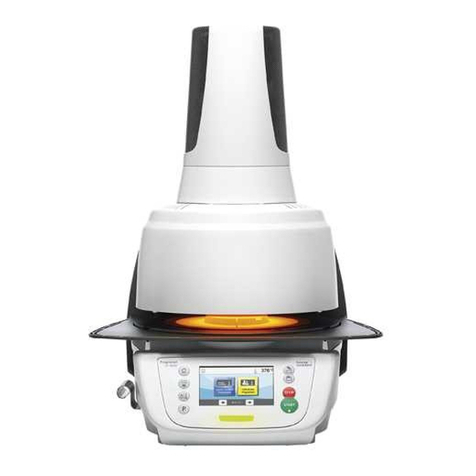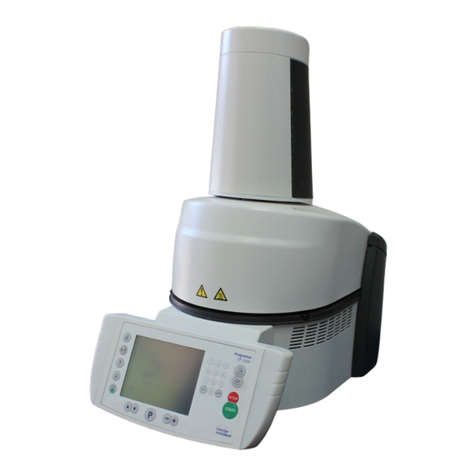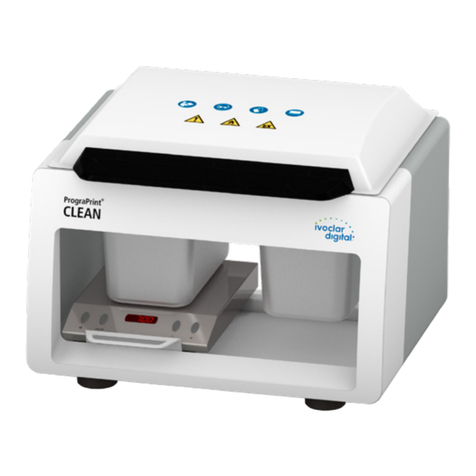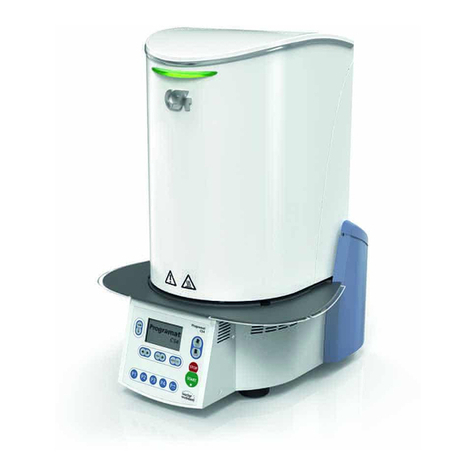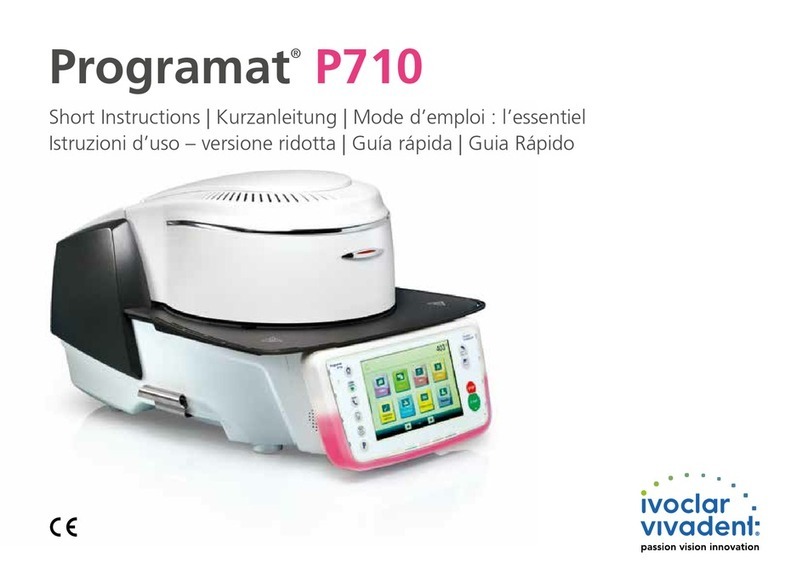
9
2.2 Health and safety instructions
This injector has been designed according to EN 61010-1 and has
been shipped from the manufacturer in excellent condition as far as
safety regulations are concerned. To maintain this condition and to
ensure risk-free operation, the user must observe the notes and
warnings contained in these Operating Instructions.
– It is important that the user becomes familiar with the warnings
and operating conditions to prevent injury to personnel or
damage to materials. The manufacturer is not responsible for
damage resulting from misuse or failure to observe the Operating
Instructions. Warranty claims cannot be accepted in such cases.
– Before switching on the injector, make sure that the voltage indi-
cated on the rating plate complies with your local power supply.
– The mains socket must be equipped with a residual current
operated device (FI).
– The power plug may only be inserted into sockets with protected
contacts.
– Place injector on a fire-proof table. Observe local regulations (e.g.
distance to combustible substances or objects, etc.).
– Always keep the air vents unobstructed.
– Do not touch any parts that become hot during operation of the
injector. Burn hazard!
– Clean injector only with a dry, soft cloth. Do not use any
solvents! Disconnect power before cleaning and allow the
injector to cool down!
– The injector must be cool before it is packed for transportation.
– Use original packaging for transportation purposes.
– Before calibration, maintenance, repair or change of parts, the
power must be disconnected and the injector has to be cool if it
has to be opened.
– If calibration, maintenance or repair has to be carried out with
the power connected and injector open, only qualified personnel
who are familiar with the risks and dangers may perform the pro-
cedures.
– After maintenance, the required safety tests (high voltage
resistance, protective conductor, etc.) must be carried out.
– Make sure that only fuses of the indicated type and rated current
are used.
– If it is assumed that safe operation is no longer possible, the
power must be disconnected to avoid accidental operation
– if the injector is visibly damaged.
– if the injector does not work.
– if the injector has been stored under unfavourable conditions
over an extended period of time.
– Use only original spare parts.
– Observe the correct temperature range to ensure faultless opera-
tion (see section 9.2 Technical data).
– If the injector has been stored at very low temperatures or high
atmospheric humidity, it must be dried or left to adjust to the
room temperature for approx. 4 hours prior to connecting power.
– The injector is tested for use at altitudes of up to 2000 m
(6562 ft) above sea level.
– The injector may only be used indoors.
Any disruption of the protective conductor either inside
or outside the injector or any loosening of the protective
conductor may lead to danger for the user in case of a
malfunction. Deliberate interruptions are not permissible.
Material developing harmful gases must not be
processed.
Monomer is used in the processing of denture base
material in the IvoBase Injector. This substance contains
methyl methacrylate (MMA), which is highly flammable.
Please handle this substance with care and avoid direct
skin contact. Please observe the detailed health and safety
instructions contained in the Instructions for Use of the
respective material.
Disposal:
The apparatus must not be disposed of in the normal
domestic waste. Please correctly dispose of old devices
according to the corresponding EU council directive.
Information regarding disposal can be found on the
respective national Ivoclar Vivadent website.
